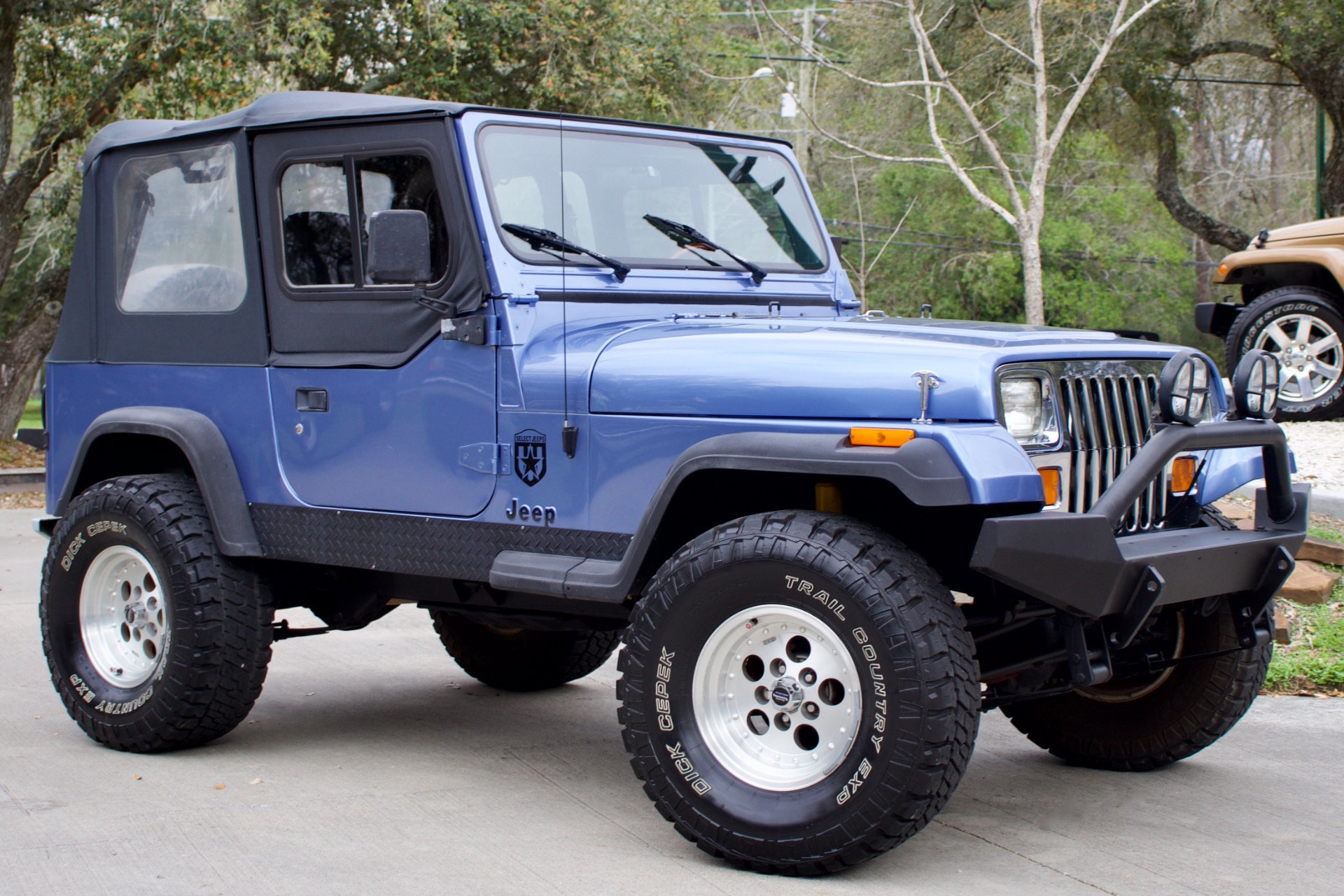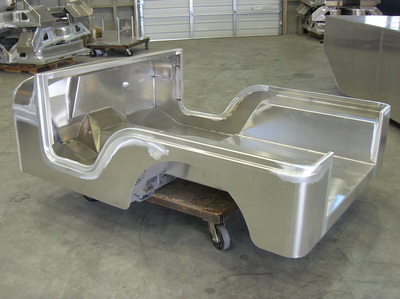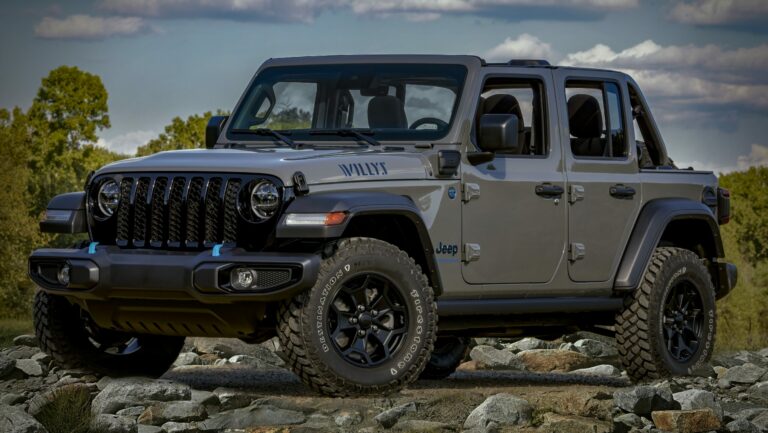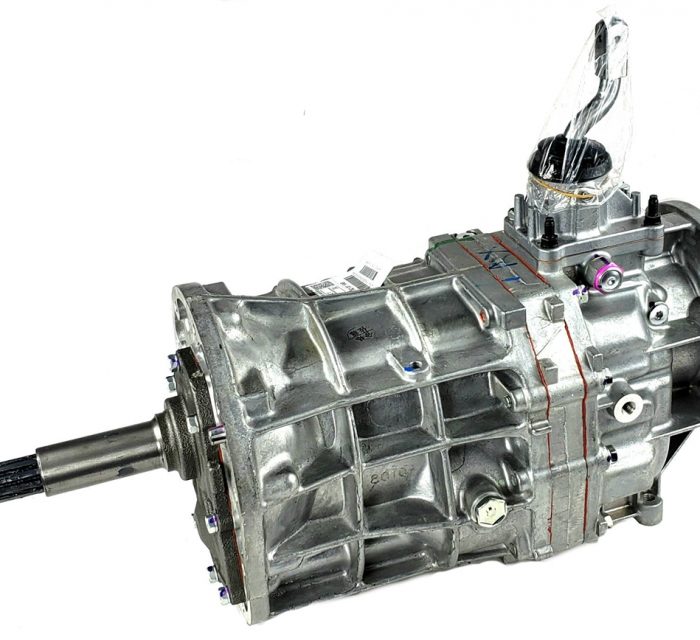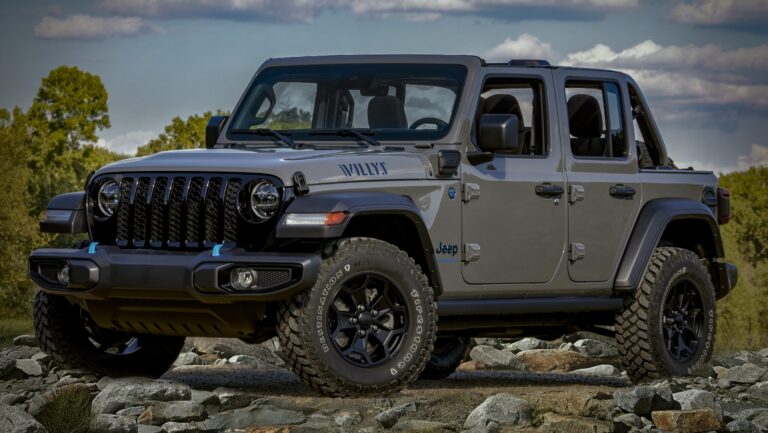Jeep Body For Sale: Your Ultimate Guide to Restoration, Customization, and Replacement
Jeep Body For Sale: Your Ultimate Guide to Restoration, Customization, and Replacement jeeps.truckstrend.com
The allure of a Jeep is undeniable. Its iconic design, legendary off-road prowess, and a vibrant community of enthusiasts make it much more than just a vehicle; it’s a lifestyle. But what happens when time, rust, or an unfortunate incident takes its toll on that beloved Jeep? Or perhaps you envision a unique custom build that transcends factory specifications? This is where the concept of a "Jeep Body For Sale" comes into play – a fundamental component for serious restoration projects, accident repairs, or the creation of a truly bespoke off-road machine.
A Jeep body for sale refers to a standalone body shell, often stripped of its interior components, engine, transmission, and axles. It’s the metal or fiberglass "tub" and associated panels (fenders, hood, tailgate, doors, windshield frame) that form the core structure of the vehicle, ready to be mounted onto a frame. For many Jeep aficionados, acquiring just the body opens up a world of possibilities, allowing them to breathe new life into a classic, repair significant damage without replacing the entire vehicle, or build a dream rig from the ground up, tailored precisely to their vision. This comprehensive guide will navigate the intricate world of buying a Jeep body, offering insights, practical advice, and essential considerations to help you on your journey.
Jeep Body For Sale: Your Ultimate Guide to Restoration, Customization, and Replacement
Why Consider a Jeep Body For Sale? Benefits and Use Cases
The decision to purchase a standalone Jeep body is often driven by specific needs or ambitious projects. Understanding these core motivations can help clarify if this path is right for you.
- Classic Jeep Restoration: For owners of vintage CJs, YJs, or early TJs suffering from extensive rust or severe body damage, finding a solid replacement body is often more practical and cost-effective than attempting to repair heavily compromised original sheet metal. This allows enthusiasts to preserve the heritage of their beloved Jeep while ensuring its structural integrity for years to come.
- Accident Repair: In cases where a Jeep has sustained significant body damage in an accident but its frame, drivetrain, and other components remain largely intact, replacing the entire body can be a more economical alternative to extensive panel-by-panel repair or purchasing a completely new vehicle.
- Custom Builds and Hot Rodding: The bare Jeep body serves as the perfect canvas for customizers. Whether it’s building a dedicated rock crawler, a desert runner, or a street-legal showpiece, starting with a fresh body (or a solid used one) provides the foundation for unique modifications, specialized cage work, and custom paint schemes that would be difficult or impossible with a fully assembled vehicle.
- Rust Remediation: Jeeps, especially older models, are notorious for rust in common areas like floorboards, rocker panels, and frame mounts. When rust is widespread and structural, replacing the entire body tub can be a more thorough and long-lasting solution than patching or repairing.
- Upgrading/Changing Body Style: Some enthusiasts might want to put a newer body style (e.g., a TJ body) onto an older frame (e.g., a YJ frame) for aesthetic or functional reasons. While this requires significant fabrication and modification, a standalone body is essential for such a conversion.
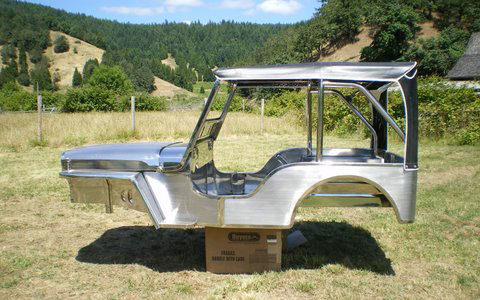
Types of Jeep Bodies Available For Sale
The market for Jeep bodies offers a variety of options, each with its own advantages and disadvantages in terms of cost, durability, and authenticity.

- OEM Used Bodies: These are original equipment manufacturer bodies salvaged from other Jeeps.
- Pros: Original fit and finish, often cheaper upfront, maintains factory authenticity.
- Cons: Prone to existing rust, dents, or previous repairs; condition can vary wildly; availability depends on donor vehicles.
- Where to Find: Salvage yards, online classifieds (Craigslist, Facebook Marketplace), specialized Jeep forums, private sellers.
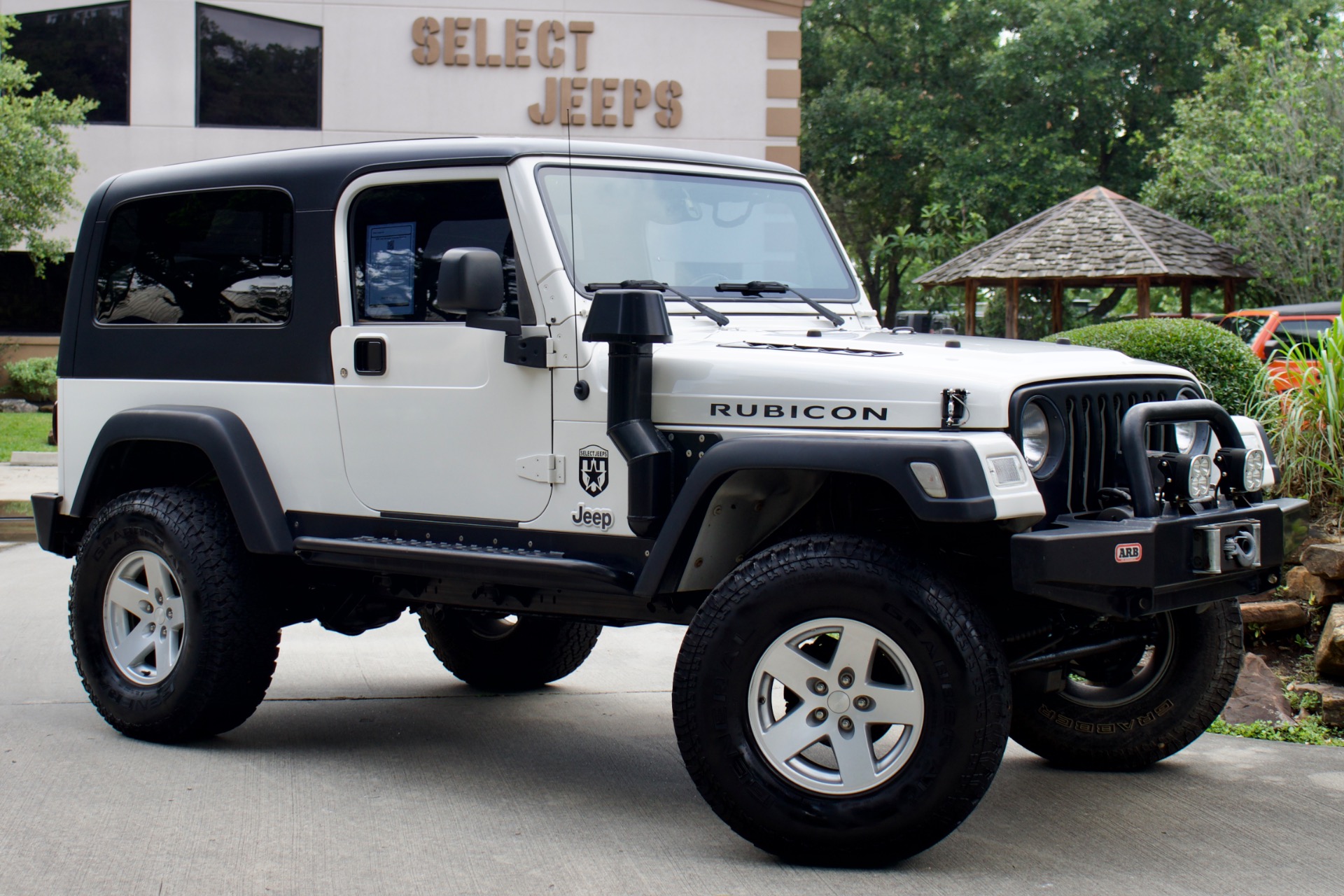
- Aftermarket Steel Bodies: These are brand-new body tubs and panels manufactured by third-party companies.
- Pros: No rust, often made with thicker gauge steel for increased durability, some designs offer minor improvements (e.g., larger wheel wells), consistent quality.
- Cons: Higher cost than used OEM bodies, may require minor fitment adjustments, typically arrive e-coated or in primer, requiring full paint prep.
- Popular Brands: Omix-ADA, Quadratec, Crown Automotive, and various smaller fabricators.
- Fiberglass Bodies: Primarily available for older CJ and YJ models, these bodies are made from fiberglass composite.
- Pros: Lightweight (improving performance and fuel economy), completely rust-proof, easier to repair minor damage (though major impacts can crack them).
- Cons: Less durable for serious off-roading impacts compared to steel, can flex more, may not have the same "solid" feel as steel, can be more susceptible to UV degradation over time if not properly maintained.
- Complete Tub Assemblies vs. Individual Panels: You can often buy just a full body "tub" (the main passenger compartment), or individual panels like fenders, hoods, doors, and tailgates. For extensive rust or damage across the entire vehicle, a complete tub is often the most efficient choice. For localized damage, individual panels might suffice.
Key Considerations Before Buying a Jeep Body
Purchasing a Jeep body is a significant investment of time and money. Careful consideration of several factors will help ensure a successful project.
- Condition Assessment (for Used Bodies): This is paramount.
- Rust: Thoroughly inspect common rust areas: floorboards (especially under the seats and footwells), rocker panels, body mounts, wheel wells, and the area around the windshield frame and cowl. Look for bubbling paint, soft spots, and holes.
- Dents and Damage: Assess the extent of any dents, creases, or previous repair attempts. Poorly executed repairs can hide underlying issues.
- Structural Integrity: Check the overall straightness and integrity of the body. Look for signs of twisting or severe impact that might compromise its alignment on the frame.
- Pictures/Video: If buying remotely, demand high-resolution, detailed photos and videos from multiple angles, highlighting any imperfections.
- Compatibility: Ensure the body you’re buying is compatible with your existing frame, drivetrain, and other components.
- Model Year: While some bodies are interchangeable within a generation (e.g., TJ body on a TJ frame), putting a TJ body on a YJ frame or vice-versa will require significant fabrication for body mounts, wiring, and potentially wheelbase adjustments.
- Mounting Points: Verify that the body mounts align with your frame.
- Transmission Tunnel: Ensure there’s adequate clearance for your transmission and transfer case.
- Legalities and VIN Issues: This is crucial. In most Jeeps, the VIN (Vehicle Identification Number) is stamped on the frame, not the body. However, some states may have specific regulations regarding body swaps, especially if the new body has its own VIN tag (common on newer aftermarket bodies or salvaged bodies).
- Salvage Titles: Be aware if the donor body came from a vehicle with a salvage title; this generally doesn’t affect your vehicle’s title (which is tied to the frame’s VIN), but it’s good to know the history.
- Local DMV: Always consult your local Department of Motor Vehicles (or equivalent) to understand specific regulations regarding vehicle reconstruction, body swaps, and VIN verification in your area.
- Budget: The cost of the body itself is just one part of the equation.
- Shipping: Large items like a Jeep body can be expensive to ship, especially across long distances. Get a shipping quote before committing.
- Bodywork & Paint: Unless you’re highly skilled, budgeting for professional bodywork, prep, and paint is essential. This can easily exceed the cost of the body itself.
- Additional Parts: Remember you’ll need new body mounts, potentially new hardware, and possibly new or restored doors, hood, tailgate, and windshield frame if the body doesn’t come with them.
- Assembly Costs: Factor in the time or labor costs if you’re not doing the work yourself.
- Seller Reputation: Buy from reputable sources, especially when dealing with used parts. Check reviews, ask for references, and ensure clear communication.
The Buying Process: Where to Look and How to Buy
Finding the right Jeep body requires patience and a systematic approach.
- Online Marketplaces:
- eBay, Facebook Marketplace, Craigslist: Excellent starting points for both used OEM and new aftermarket bodies. Use specific search terms like "Jeep CJ tub," "YJ body," "TJ body tub," or "Jeep Wrangler body shell."
- Tips: Filter by location to reduce shipping costs, ask for detailed photos, inquire about the body’s history, and be wary of deals that seem too good to be true.
- Specialized Jeep Forums & Classifieds: Websites like JeepForum.com, WranglerForum.com, and specific model-year forums often have dedicated classifieds sections where enthusiasts buy, sell, and trade parts. Sellers here are often more knowledgeable and transparent.
- Salvage Yards/Auto Recyclers: Physically visiting local salvage yards can yield great finds. You can inspect the body in person, and sometimes negotiate prices. Call ahead to inquire about their inventory.
- Aftermarket Retailers: For new steel or fiberglass bodies, purchase directly from reputable aftermarket parts retailers or their authorized dealers. This ensures you’re getting a new product with potential warranty support.
- Inspection Checklist (Remote Purchases):
- Request photos of all common rust areas (floor, rockers, body mounts).
- Ask for pictures of the firewall and cowl area, especially around the windshield frame.
- Request photos of the body mounts from both the top and bottom.
- Inquire about any previous repairs and ask for photos of those areas.
- Confirm if the body includes doors, hood, tailgate, or windshield frame.
- Discuss shipping arrangements, costs, and insurance thoroughly.
Installation and Beyond: Practical Advice
Once you’ve acquired your Jeep body, the real work begins. This is a significant undertaking that requires mechanical aptitude, patience, and often specialized tools.
- Preparation:
- Strip the Old Body: Carefully remove all components from your existing body. Label everything, especially wiring harnesses.
- Frame Inspection: Thoroughly inspect your frame for rust, cracks, or damage. This is the ideal time to clean, repair, and rust-proof your frame (e.g., using POR-15 or similar rust encapsulator).
- New Body Prep: If using a new aftermarket body, it will likely need extensive sanding, bodywork (seam sealing, minor adjustments), and primer before painting.
- Body Mounting:
- Body Mounts: Always use new body mounts (polyurethane are recommended for durability) to ensure proper isolation and alignment.
- Alignment: Carefully align the new body on the frame, ensuring it’s centered and level. Use shims as needed. This step is critical for proper door and fender alignment later.
- Wiring & Plumbing: This can be one of the most challenging aspects.
- Existing Harness: If reusing your existing wiring harness, carefully route it through the new body.
- New Harness: For custom builds or significant upgrades, consider a new aftermarket wiring harness (e.g., Painless Wiring) designed for your specific needs.
- Brake and Fuel Lines: Route these carefully, ensuring they are secured and protected from abrasion or heat.
- Bodywork & Paint: This is where the aesthetic transformation happens. Professional bodywork and paint can make a used body look brand new or customize a new body to perfection. Ensure proper surface preparation for long-lasting results.
- Reassembly: Gradually reassemble all components: doors, hood, fenders, tailgate, windshield frame, interior, and exterior trim. Take your time, and test systems (lights, wipers, etc.) as you go.
- Professional Help vs. DIY: While much of this can be a DIY project for experienced mechanics, tasks like complex bodywork, welding, or advanced wiring may warrant professional assistance. Don’t hesitate to call in experts for parts you’re uncomfortable tackling.
Potential Challenges and Solutions
Even with careful planning, challenges can arise when undertaking a body swap.
- Fitment Issues: Even new aftermarket bodies can have minor variations requiring shimming, grinding, or light fabrication to achieve perfect alignment.
- Solution: Be prepared with basic fabrication tools, shims, and a flexible mindset.
- Hidden Rust/Damage (for Used Bodies): What looks good in photos might reveal more significant issues upon closer inspection.
- Solution: Budget a contingency fund for unexpected repairs.
- Shipping Costs: Freight shipping for a full body can be surprisingly expensive.
- Solution: Factor this into your initial budget. Consider picking up the body yourself if feasible, or using a less-than-truckload (LTL) freight service.
- Legal Hurdles: VIN issues or titling challenges in some states.
- Solution: Proactively contact your local DMV before starting the project to understand all requirements.
- Time Commitment: A full body swap is not a weekend project. It can take weeks or months, depending on your skill level and available time.
- Solution: Set realistic expectations and break the project into manageable phases.
Jeep Body For Sale: Estimated Price Guide
The cost of a Jeep body can vary significantly based on its type, condition, model, and whether it includes additional panels. This table provides a general price range.
| Body Type / Material | Condition / Details | Common Models | Estimated Price Range | Key Considerations |
|---|---|---|---|---|
| Used OEM Steel Body | Good condition, minimal rust, minor dents | CJ, YJ, TJ | $800 – $3,000 | Requires careful inspection; shipping costs vary. |
| Moderate rust/damage, needs significant work | CJ, YJ, TJ | $300 – $800 | Best for experienced fabricators or those on a budget. | |
| New Aftermarket Steel Body | E-coated or primed, ready for prep/paint | CJ, YJ, TJ | $3,000 – $8,000+ | No rust, consistent quality, but requires full paint. |
| Fiberglass Body | New, typically for older models | CJ, YJ | $2,500 – $5,000 | Lightweight, rust-proof, but less impact resistant. |
| Individual Panels | New Aftermarket (fenders, hood, doors, tailgate) | CJ, YJ, TJ, JK, JL | $150 – $800 per panel | Good for localized repairs, can add up quickly. |
| Complete Body Kits | Includes tub, fenders, hood, tailgate, windshield frame | CJ, YJ, TJ | $5,000 – $10,000+ | Most comprehensive new option, simplifies sourcing. |
Note: Prices are estimates and can fluctuate based on market demand, location, seller, and specific model year rarity. Shipping costs are typically additional and can be substantial.
Frequently Asked Questions (FAQ) About Jeep Body For Sale
Q: Is the VIN on the body or the frame of a Jeep?
A: In most Jeeps, the primary VIN (Vehicle Identification Number) is stamped on the frame. There might be a VIN tag on the dashboard or firewall of the body, but the frame VIN is the legal identifier of the vehicle for registration purposes.
Q: Can I put a newer Jeep body on an older Jeep frame?
A: Yes, it’s possible, but it requires significant fabrication, modification of body mounts, and often extensive wiring and plumbing adaptations. For example, putting a TJ body on a YJ frame is a common, but challenging, swap.
Q: How much does it cost to paint a Jeep body?
A: The cost varies wildly based on the quality of the paint job (economy vs. show quality), the amount of bodywork needed, and local labor rates. Expect anywhere from $2,000 for a basic single-color job to $10,000+ for a high-end, multi-stage custom paint job.
Q: Do new aftermarket Jeep bodies come painted?
A: Rarely. New aftermarket steel bodies typically come e-coated (an anti-corrosion primer) or in a basic primer, requiring full surface preparation, bodywork, and a complete paint job.
Q: What’s the biggest challenge when buying and installing a Jeep body?
A: For used bodies, hidden rust or previous poor repairs are major challenges. For all body swaps, ensuring proper fitment and alignment, as well as correctly integrating the electrical and fuel systems, are often the most time-consuming and difficult aspects.
Conclusion
Acquiring a "Jeep Body For Sale" is often the first exciting step in a transformative project, whether it’s a meticulous restoration, a necessary repair, or the inception of a truly unique custom build. While the journey from a bare body shell to a fully functional, head-turning Jeep is filled with challenges, the rewards are immense. It offers the unparalleled satisfaction of bringing a cherished vehicle back to life, imbuing it with your personal touch, and creating a machine that’s perfectly suited to your adventures.
By understanding the types of bodies available, carefully considering the crucial factors before purchase, and approaching the installation with a clear plan and realistic expectations, you can navigate this complex process successfully. The world of Jeeps is one of passion, ingenuity, and capability, and a body swap project embodies all of these. So, roll up your sleeves, do your research, and prepare to embark on a rewarding journey that will culminate in the ultimate expression of your Jeep dream.
